The delegates were welcomed by Mary Hersov, National Programmes Manager, who outlined the aims of the Subject Specialist Network and future activities. David Scrase, Assistant Director, Collections at the Fitzwilliam Museum, explained the process by which the Louvre agreed to lend Johannes Vermeer’s 'Lacemaker' to the Fitzwilliam, and Rupert Featherstone explained the work of the Hamilton Kerr Institute.
Programme: Morning
An Introduction to the exhibition ‘Vermeer’s Women: Secrets and Silence’, Betsy Wieseman, Curator of Dutch Paintings, National Gallery, London
The exhibition at the Fitzwilliam Museum, Cambridge, was curated by Betsy Wieseman from the National Gallery. She discussed the thought processes behind the exhibition and how it came about. With the star painting being Vermeer’s ‘Lacemaker’ on loan from the Louvre, it was important that that painting remained the focal point of the exhibition.
The way in which Vermeer portrayed women helped shape the show’s theme and was supported by the work of his contemporaries. The paintings are grouped in categories that look at women’s place in the domestilc environment: inviting the viewer into the painting; the Dutch ‘voorhuis’ (entrance hall) as the threshold between public and private space; and the voyeuristic view of private interior scenes.
Historicising the Dutch Golden Age: teaching and the collection at the Fitzwilliam Museum, Meredith Hale, University of Cambridge
As Speelman Fellow in the History of Art Department at the University of Cambridge, Dr Hale both conducts research and teaches a special subject course on Dutch and Flemish paintings. She discussed the fundamental role the Fitzwilliam Museum collection plays in her teaching of undergraduate students about paintings as physical objects and with respect to reception and collection history.
Using various parts of the collection as focal points and spending time looking closely at individual works, students can clearly see the development of genres such as native Dutch landscape. The rich history of the Fitzwillliam Museum collection also provides an opportunity to consider how collecting tastes have changed over time and the specific role of the English collector in shaping our concept of the Dutch ‘Golden Age’.
‘Rembrandt and the Passion’ at the Hunterian Museum, Glasgow, Peter Black, Curator, Hunterian Museum, Glasgow
Peter spoke of how the focus of the Hunterian Museum's forthcoming exhibition would be Rembrandt’s small oil painting, ‘The Entombment Sketch’. Peter introduced the painting and explained some of the ways in which it will be presented in the exhibition.
Mr Black talked about the technical studies carried out by the National Gallery on Rembrandt’s ‘Passion’, including the discovery of minute pinholes on the work as well as underdrawing revealed by infrared reflectography.
Programme: Afternoon
‘Boertigheden?’ Gerrit Dou’s ‘Interior with a Young Violinist’ close up, Tico Seifert, Senior Curator (Northern European Art), Scottish National Gallery
Tico gave an in-depth look at one of Gerrit Dou’s most famous paintings, ‘Interior with a Young Violinist’.
He readdressed the issue of whether it might be a self-portrait, concluding that it was unlikely as the figure shows little likeness to known portraits of Dou. Also, the instrument is a viola rather than a violin. The painting was compared to other similar compositions as well as copies.
There are a few areas of ‘pentimenti’, for example, where the artist changed the shape of the window and the size of the book which was once a large folio. The book has been identified as Jan Jansz. Starter’s ‘Friesche lust-hof’ but the image on the left hand page does not correspond to the print used in the original songbook. The source for this picture has yet to be identified but seems important to the narrative of the painting.
Conserving a work by Wtewael on loan to the National Gallery, Jill Dunkerton, Restorer, National Gallery, London, and Betsy Wieseman, Curator of Dutch Paintings, National Gallery, London
Jill described a new restoration with which the National Gallery has become involved, that of Joachim Wtewael’s ‘The Raising of Lazarus’. Jill described the project, from its 2006 beginnings when Betsy was alerted to the possibility of a Wtewael (‘The Raising of Lazarus’) being at the small museum of High Wycombe, through to its current restoration at the National Gallery.
The cleaning of the painting was described, and Jill’s progress removing the incredibly thick and discoloured varnish from the surface was charted through a series of images. It is hoped that the restoration of ‘The Raising of Lazarus’ will help illuminate the issue of repainting and production of copies by Old Master painters.
Discussion
At the end of the afternoon session, the floor was opened for a general discussion of the display of Dutch art in the institutions of the attending delegates:
- The Holburne, Bath talked about the recent renovation of the museum, and the restructuring of the Dutch paintings within the space, paying particular attention to the sizes of the paintings and how this determined their display
- The redesign of Kelvingrove’s Dutch and Flemish painting display was mentioned, with the display of the paintings into themes
- Kelvingrove also mentioned their interactive intervention surrounding Rembrandt’s ‘Man in Armour’. This activity prompts viewers to ask the same questions as an art historian or curator when investigating the sitter’s identity
- York Art Gallery discussed the redisplay of their broad Dutch collection, including a redisplay of still-life paintings. Contemporary interventions using mixed media (including photography and ceramics) have also been integrated within the Dutch galleries.
- ‘The Google Art Project’ was mentioned, and Manchester Art Gallery talked about their use of a similar concept to show artworks on upper galleries to those who cannot physically reach the spaces. The possibility of using such software to show viewers inaccessible paintings, such as those in storage, was also hypothesised.



